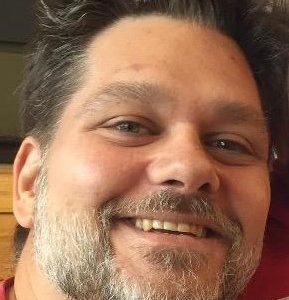You’re sitting at the breakfast table watching the morning news, a parfait of papaya, granola, and yogurt in front of you. You take up a spoonful. You’re expecting a sweet, creamy, and crunchy morsel, but instead are left with a mouthful of dry granola. This is not the latest episode of Black Mirror; rather, this would be the reality without gene editing (GMO) and CRISPR (pronounced crisper).
Flashback to the 1980s: the $17 million Hawaiian papaya industry is on the verge of collapse from a spot ring virus. Luckily for the farmers whose livelihood depended on them, basic research funding over the previous decades had given scientists the tools to combat this virus. Scientists “vaccinated” the papaya against the virus by editing the papaya genome to incorporate a harmless portion of the viral genome. By the 1990s, this Rainbow papaya (a GMO) had saved an industry and can now be found in grocery stores throughout the world; largely, thanks to the robust funding of basic research.
Now back to present day, where CRISPR, the latest gene editing tool, takes the news cycle by storm. The story of its discovery begins with food scientists in yogurt and cheese production who were determined to reduce food waste caused by phage (viruses that infect bacteria) infections of starter cultures. By challenging starter cultures with a multitude of phages and then growing up the surviving members of the culture, they discovered that the resulting culture was protected against further phage infection. In looking at the genetic code of these “immunized” cultures, scientists observed repeated clusters of code that mapped to the phage genome. Curious about how these clusters conferred resistance from the phages, researchers over the better part of a decade uncovered that the sequences were used as guides for machinery within the bacteria which surgically cut the genetic material of the phages. With this realization, researchers set about simplifying the bacterial CRISPR sequence and adapting it for use to surgically cut and then insert new genetic material into an organism of interest. In the future, a system derived from yogurt starter cultures can be used to treat a variety of genetic disorders, ranging from muscular dystrophy to cancer.
So, continue to enjoy that parfait, and maybe, just maybe, think about the science contained within every bite. Oh, and regardless of whether you voted red, blue, or some shade in between, ask your elected officials to continue to push for increased funding in the basic and fundamental sciences. You don’t know what will save papayas, yogurt production, or, for that matter, your life.
Dr. David R. Paquette
Formerly of Westfield








